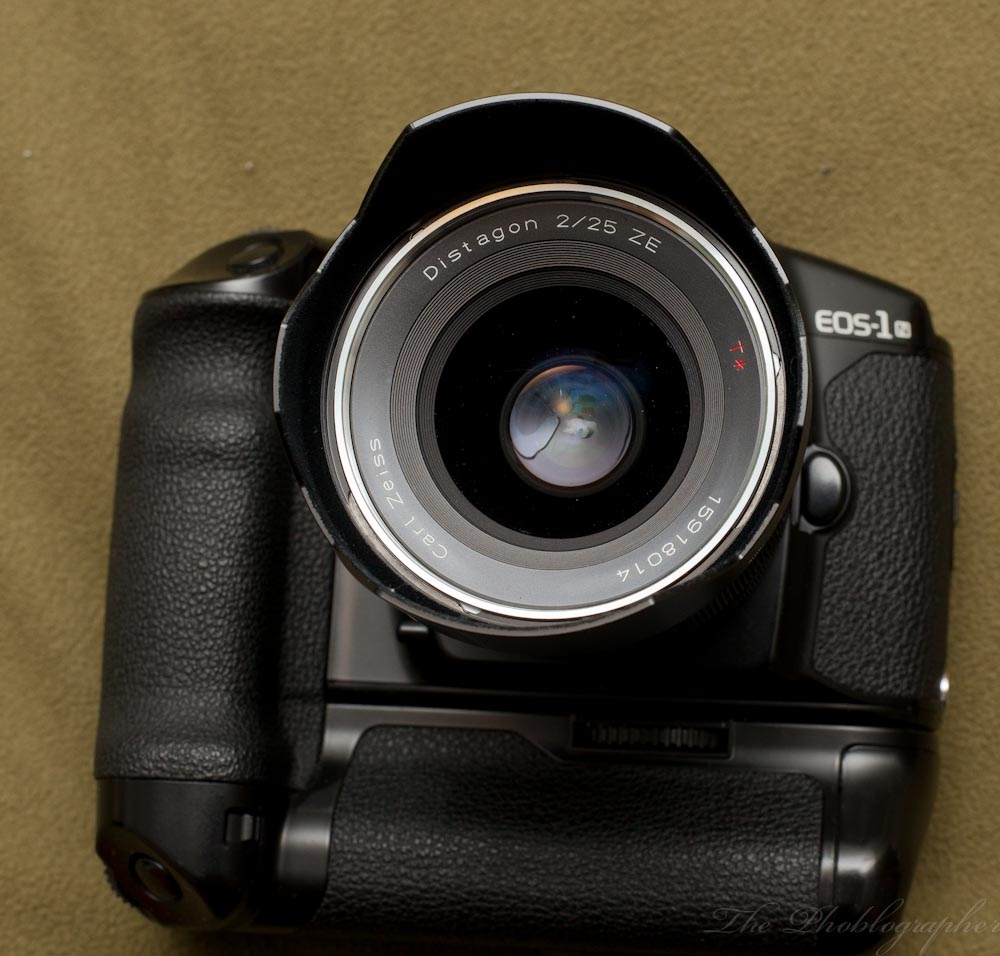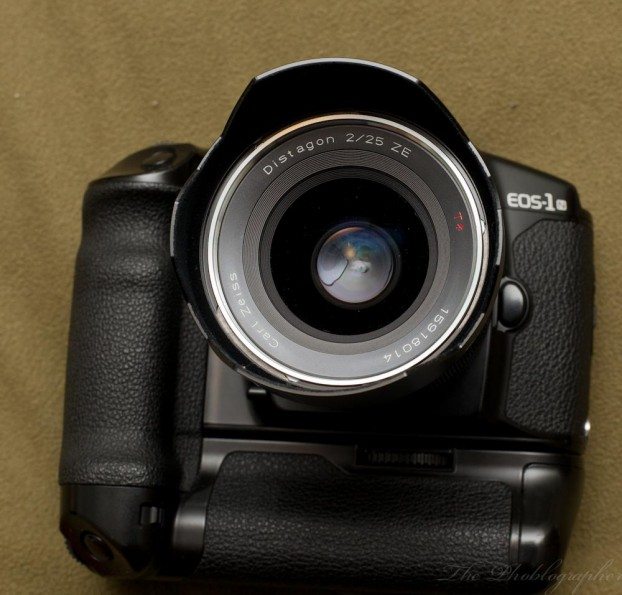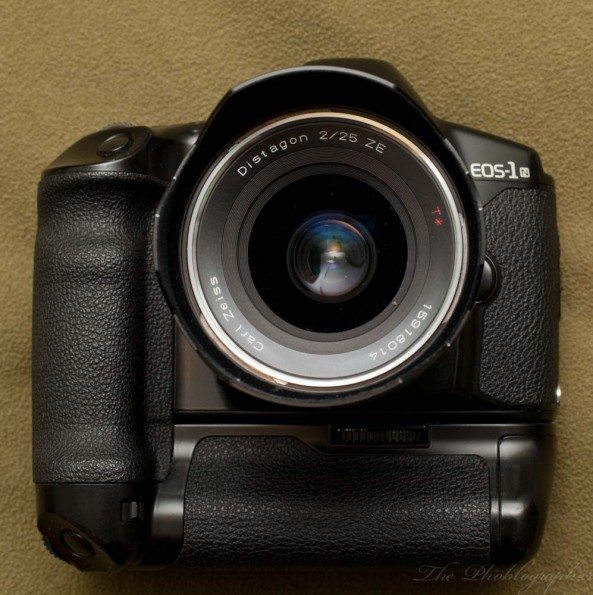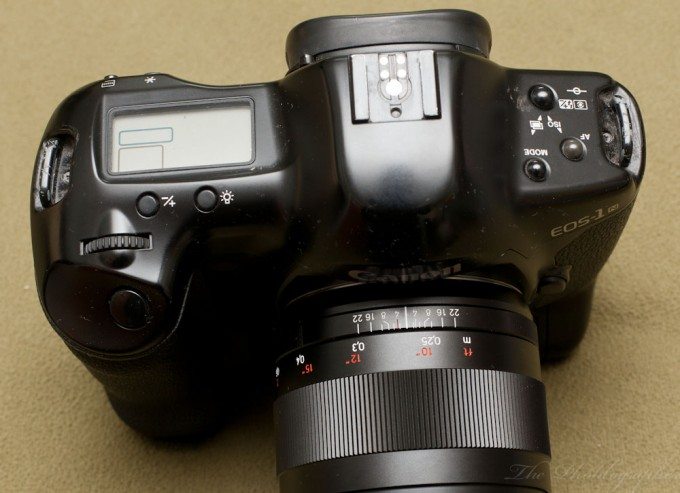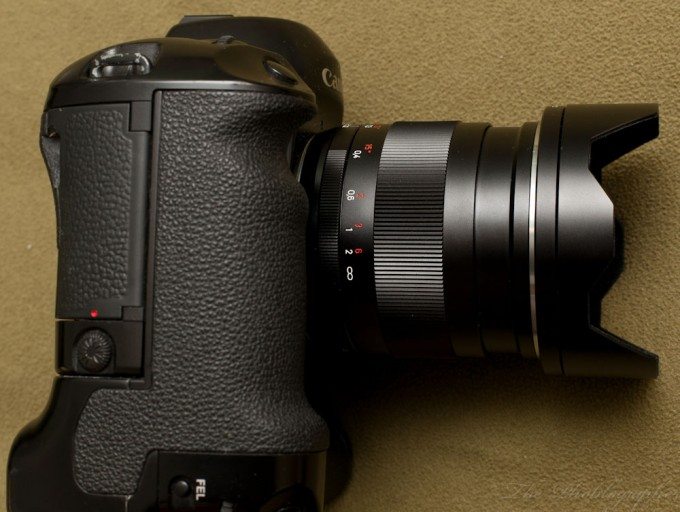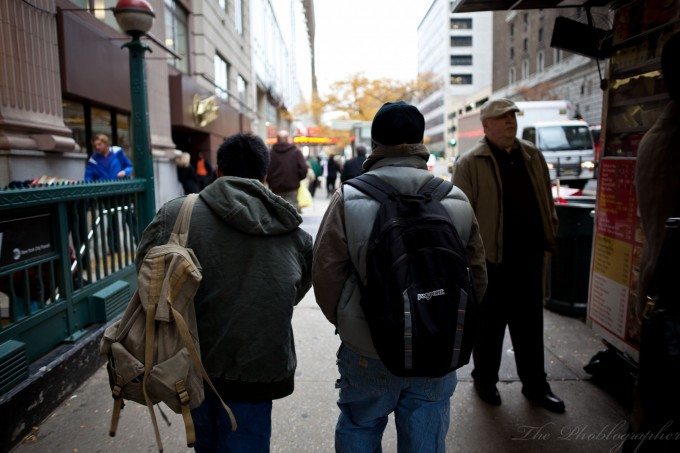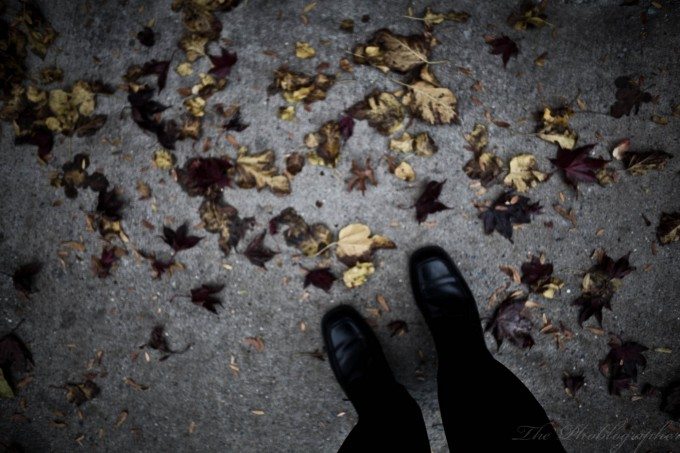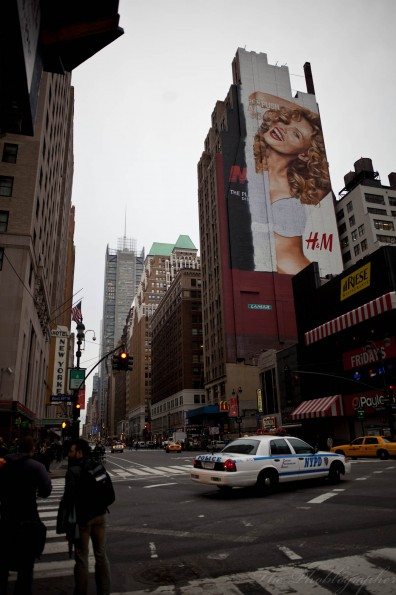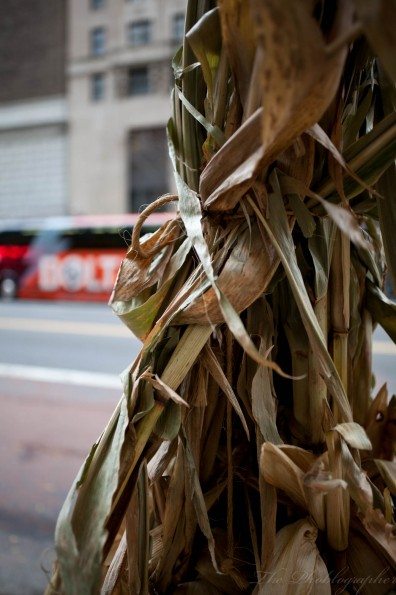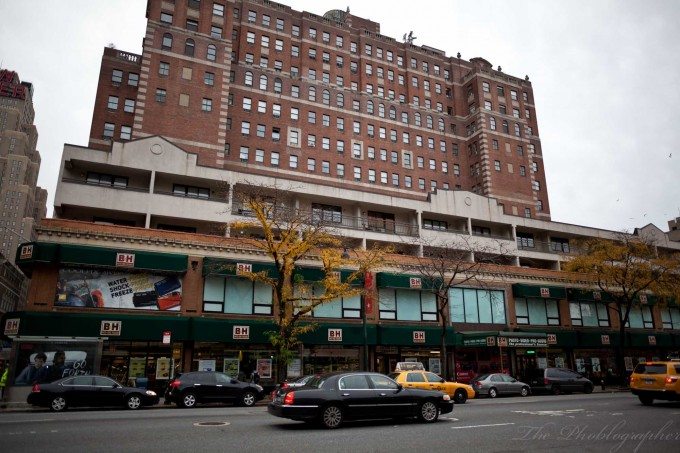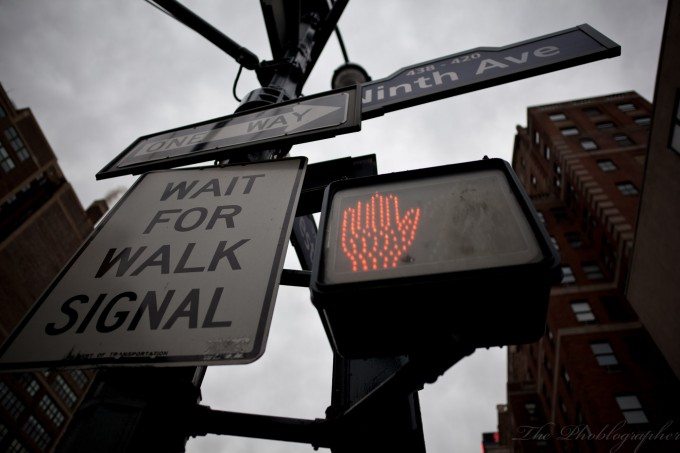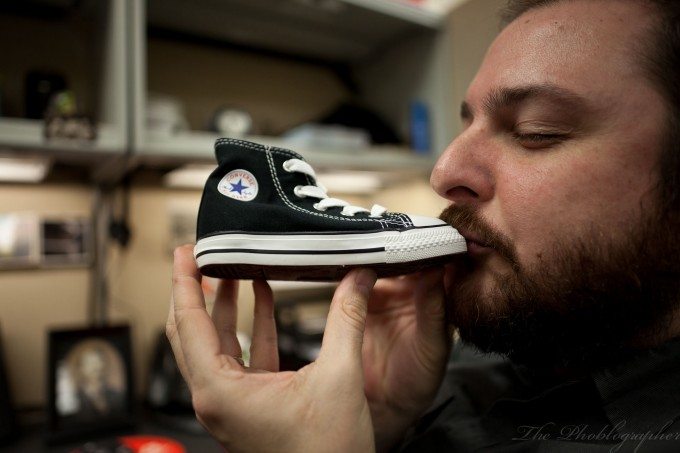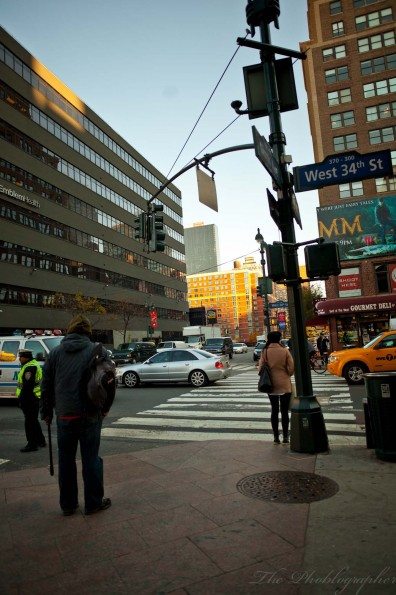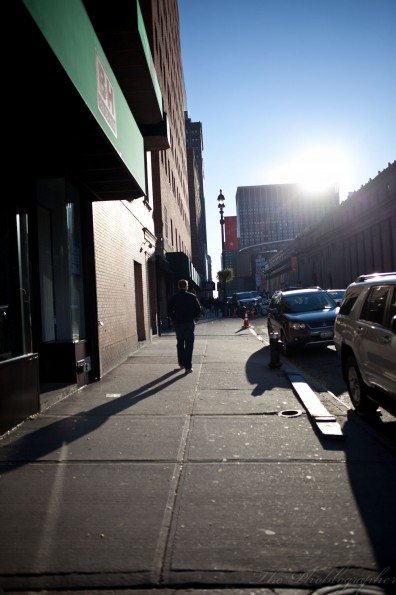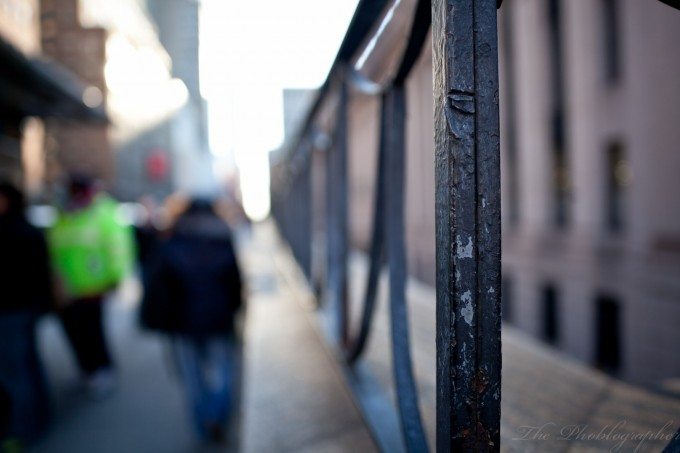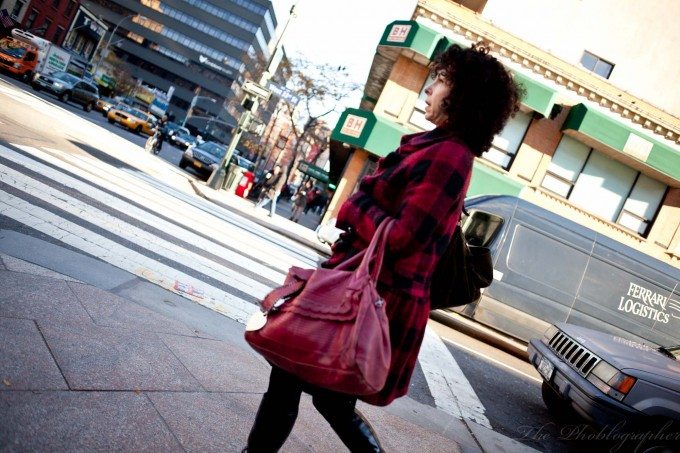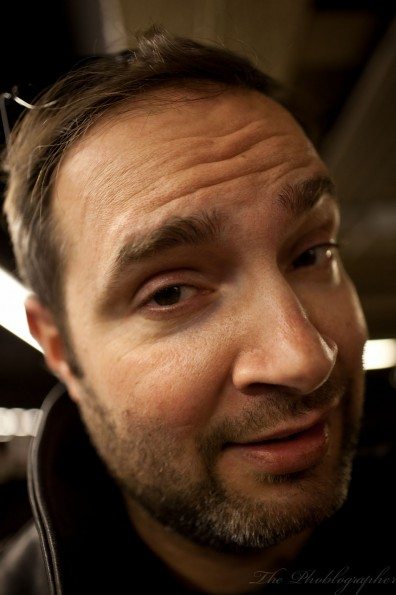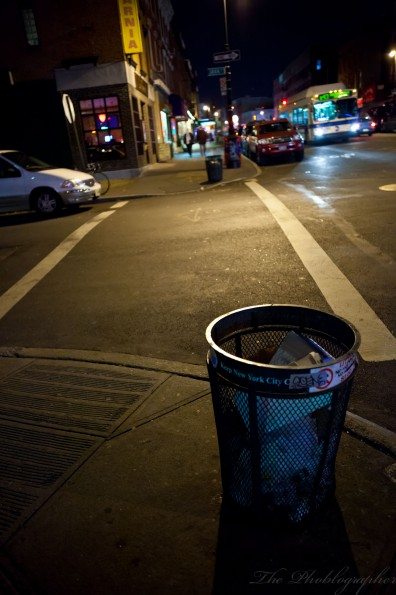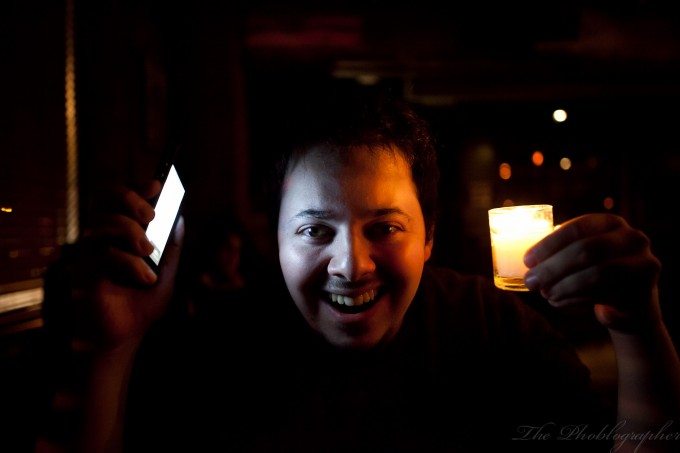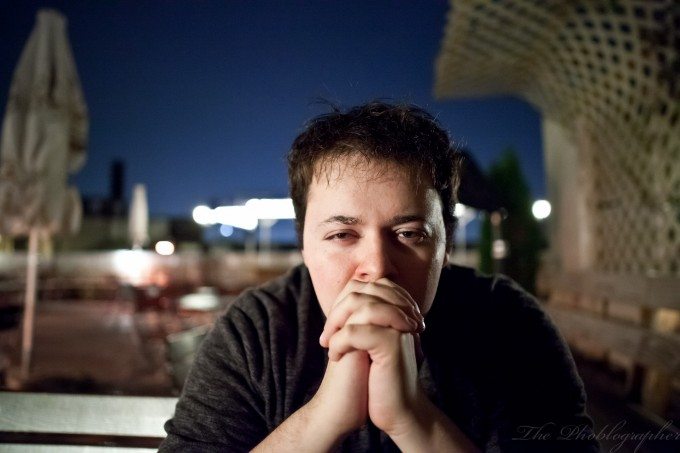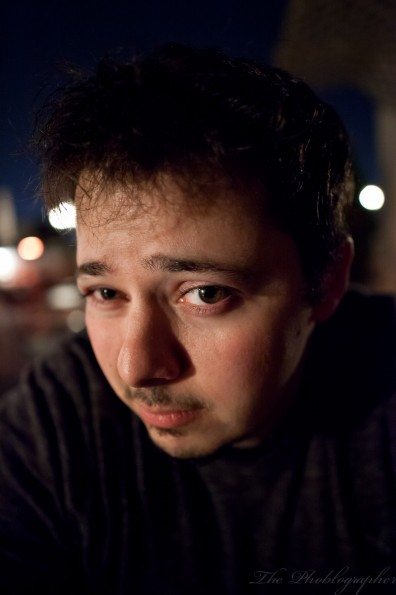At Photo Plus 2011, we had hands on time with the Carl Zeiss 25mm f2 lens. During that time, we were very impressed with the lens’s performance despite having it for such a short period of time. When it arrived at my doorstep, I was very excited to try it. Indeed, it has been my first Zeiss review as Mike has typically been the site’s specialist on these lenses.
So can the Zeiss 25mm f2 live up to the legendary camera manufacturer’s name as well as stand up to some of Canon’s best glass?
Tech Specs
Taken from Zeiss’s website.
| Focal length | 25 mm |
| Aperture range | f/2.0 – f/22 |
| Focusing range | 0.25 m – infinity |
| Number of elements/groups | 11/10 |
| Angular field, diag./horiz./vert. | 81°/71°/51° |
| Coverage at close range | 219 x 144 mm |
| Filter thread | M 67 x 0,75 |
| Dimensions (with caps) | ø 71 – 73 mm, length 95 – 98 mm |
| Weight | 570-600 g |
| Camera mounts | EF Mount (ZE) F Mount (ZF.2) |
Ergonomics
The Zeiss 25mm f2 is a very serious lens. You can tell this from the elegant good looks, all metal build, large focusing ring, and overall excellent design. The front of the lens is characterized by a rather small front element. To protect that element during shooting, the user can affix the lens hood. The lens hood’s design is unique because no matter where you position it, it will be able to screw itself on. That means that you won’t necessarily need to line up dots and then screw it on as it is with Canon’s lenses.
The top of the lens is where lots of important information is displayed. Right behind that large and great feeling manual focusing ring is the distance scale and depth of field scale. If your camera is having trouble with the lens’s AF confirmation, you can always use this scale to focus using the hyperfocal length style of shooting. For street photographers, this is a godsend. Canon’s lenses don’t have this, but they do have autofocusing.
The lens itself is actually rather small. The entire thing is probably palm sized and therefore feels as if you’re holding a small apple in your hand: characterized by metal and glass that is.
Focusing
To focus this lens, you’ll need to do so manually. The lens has an AF confirmation chip, though it sometimes isn’t totally accurate. For the best results, you’ll need to take your time focusing.
For practical use, try to pre-focus to a selected area. When using it for street photography, I often focused away to around three feet and waited until my subject was within that distance. When the time came, I raised the camera to my eye and touched up the focus.
Shooting wide open most of the time, this is much more difficult than you’d think. However, with a bit of practice comes some very rewarding results.
Build Quality
This lens has survived being in my camera bag, helping me plow through crowds and one particularly stupid incident of my own error.
One morning while going to meet a friend for breakfast, I ran out and tried to catch the door to the front of my building before it closed. The camera and lens were around my torso and the front of the lens (with hood attached) smacked against the front of the door.
Gasping (in unison with co-workers), I learned that the lens was fine. The hood wasn’t scratched and there was no damage at all to it. Zeiss’s stellar build quality and metal casing helped to protect the lens from the bump.
Needless to say, I was much more careful with the loaner unit afterwards…well, not really.
I also took the lens out with me to explore a tugboat graveyard that my friend Hector Martinez found (who is also an amazing photographer.) The lens was attached to my 5D Mk II for quite a while through the trek and it survived being beaten repeatedly by brush. There wasn’t a single scratch on the lens. Meanwhile, my Canon lenses got scratched on the outside.
Either way, lenses are meant to do work and both held up to the punishment. But it’s nice to know that there aren’t any marks left on your wonderful pieces of glass and metal.
Image Quality
All photos in this series were subject to little to no editing. The Zeiss 25mm f2 vignettes when wide open, but the images when vignetted have an interesting look to them when combined with the famous Zeiss micro-contrast that makes objects in focus pop even more. Additionally, the color rendering is spectacular and in some ways, even better than Canon’s lineup.
The color rendering does best for random objects though. When it comes to skin tones, it’s a different story. Canon’s lenses take the lead there. But interestingly enough, this lens also meter weirdly with the Canon 5D Mk II. Everything seems underexposed a bit.
Even when objects are out of focus, the images shot can still look extremely interesting.
The image above was shot wide open and in aperture priority with no exposure compensation. I needed to raise the exposure a bit in post-production.
The lens renders colors inconsistently, but in a way that you’ll often be excited to see what you’ll get. In the image above, I thought that the colors would have been more saturated, but instead they came out very accurately. In other situations though, the colors have been very saturated.
It is also worth it to note that the contrast is also boosted a bit vs with other lenses.
The image above was shot wide open and at this distance, the colors and image itself seems to pop quite a bit. However, when you take a closer look, you’ll see that when focused out to infinity and wide open this lens won’t render the sharpest of images. Indeed, you’ll need to stop down to around f5.6 where the lens reaches its sweet spot.
The bokeh and focus falloff are well worth noting about this lens; especially when combined with the amazing color output. The red leaf contrasts so much with the vivid blue cigarette pack and the yellow leaves. Indeed though, the colors are all absolutely wonderful. If this lens were put on a film camera, the results would add quite a bit of contrast to any film. These days, many photographers shoot film because of the lack of contrast and the look of it. So putting this lens on would add some extremely interesting effects to your output.
Most of the time, I shot this lens wide open. Indeed, that isn’t extra vignetting that was added. The whole lighting situation combined with the lens’s performance wide open make Hell’s Kitchen (the area I primarily tested this lens out in) look like Gotham City due to the dark atmosphere that this lens can help to deliver.
And I like that.
Because of the bokeh that this lens delivers, you’ll often want to get up close and personal to your subjects. With 10 inches being the minimum focus distance, you’ll appreciate looking at all that creamy and delicious out of focus area contrasting with the sharp areas and just how gently the focus fades off into the blurry haze.
Wedding photographers will really digg this.
The photo above was subject to a bit of a vignette correction when shot at F2. However, this was the most I could do without giving the edges a white washing. For reference, John is wearing a black shirt.
At f5.6 though, you’ll get some super sharp results and the distortion will be almost non-existent. Almost…I saw it a couple of times when my subject was too far to the right or left.
If you want to shoot wide open, know that making adjustments in Adobe Lightroom 3 will help to save your results. You’ll need to do little more than raise your exposure levels at times and you’ll get some very interesting colors and images. The image above helped me to deliver images that, for the most part, look very Nikon or Fuji-like.
And what about flare control? Do you see any? The flare control on this lens is ridiculously good. I tried and tried to make this lens flare and failed. Perhaps a reason for this is because the company may have realized that videographers may also want to use this lens.
Here’s another demonstration of what the bokeh and focus fall off looks like.
One of the best things about shooting this lens in practice is having a functional and accurate hyperfocal length/depth of field/distance scale. With the camera down at my hip, I was often able to just estimate how far a subject was and what aperture I needed to stop down to to have them in focus as they moved across. Combining this with paying attention to your environment will help you to get the best results from the lens.
Indeed though, the image needed adjusting. The image above was subject to exposure adjustments and saturation adjustment.
This lens is so sharp wide open that it reminds me a bit of the way that large format and medium format lenses look. Indeed, Zeiss has done something absolutely magical here that only gets me more and more excited for the future of lens design.
Color Rendering
This lens has some very interesting color rendering to it. First off, the way that the lens renders colors reinforces my idea that it was designed to be shot wide open. With that said, when shot wide open:
– In good light, the lens renders images saturated.
– In low light, the lens renders images to be very accurate to what they are. That can either be a good thing or a bad thing.
See the above image of Mike? It wasn’t color corrected at all, but it goes to show you just how accurate the lens is when combined with the Canon 5D Mk II’s sensor. In the available light of the bar we were in, everything would be rendered very warm. However, when Mike uses his iPhone as a softbox, his skin tones become more true to life.
The image above also needed lots of color correction to look that way. Otherwise the UV lamps on the bar’s rooftop gave everything an extremely warm glow.
No matter what color the lens renders though, all colors will pop; which works in conjunction with the camera’s sensor. Now take a look at this.
The image above was shot stopped down. Notice how muted the colors are.
The image above was shot wide open. Notice how much more the colors pop, especially the greens.
Either way, this is a lens that I constantly want to use wide open. In fact, I almost see no reason to stop down due to just how amazingly sharp it is combined with the micro contrast.
If you’re looking for super sharp performance wide open combined with colors that pop, this lens will be a tantalizing temptress for you.
Sharpness
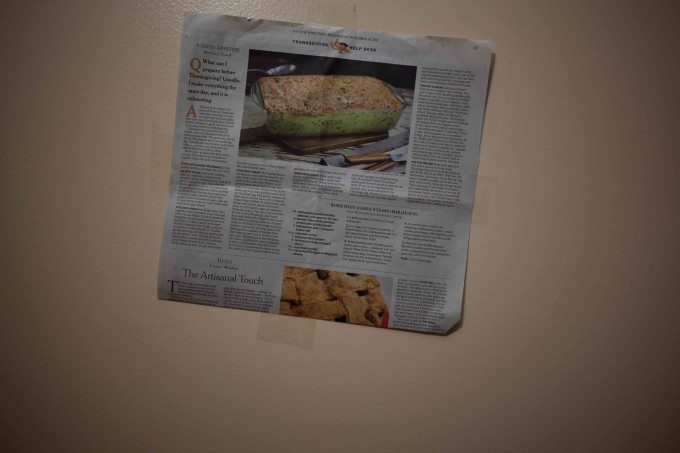
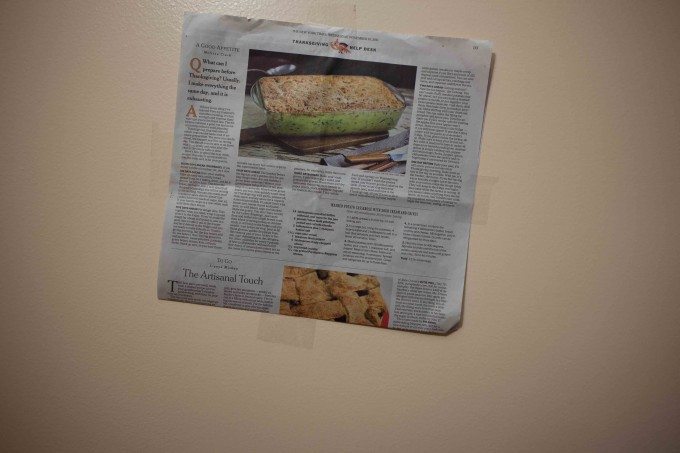
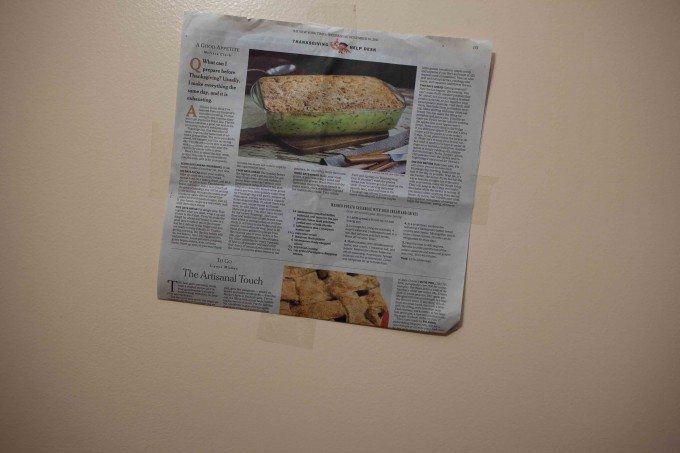
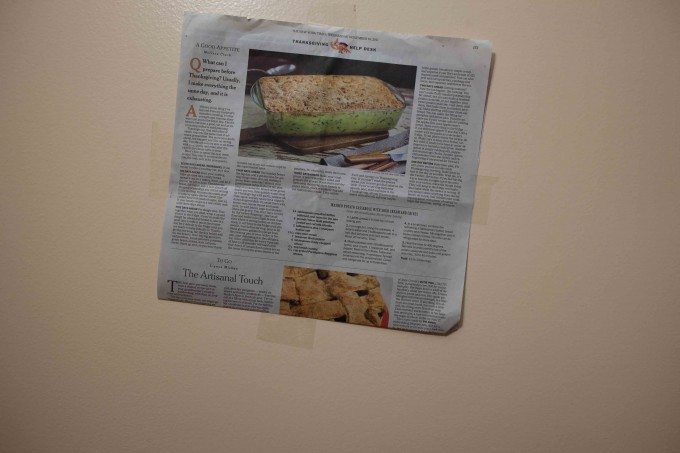
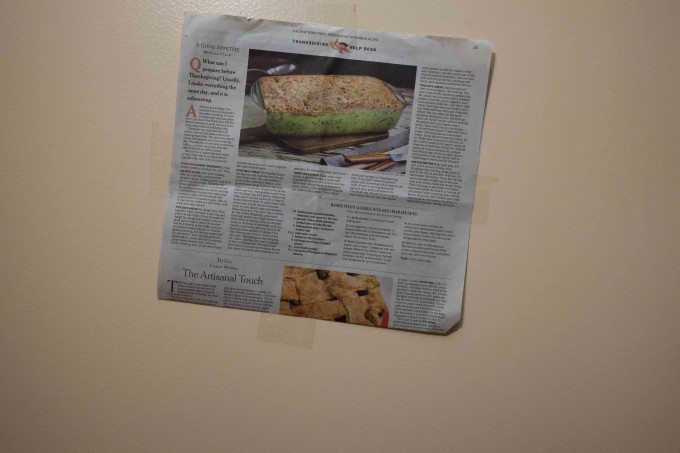
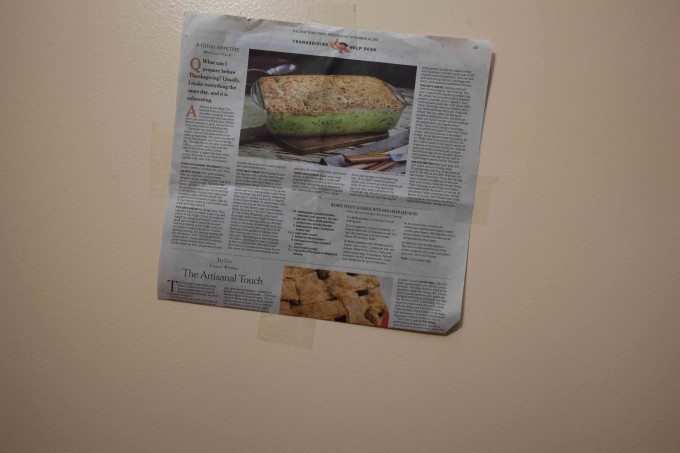
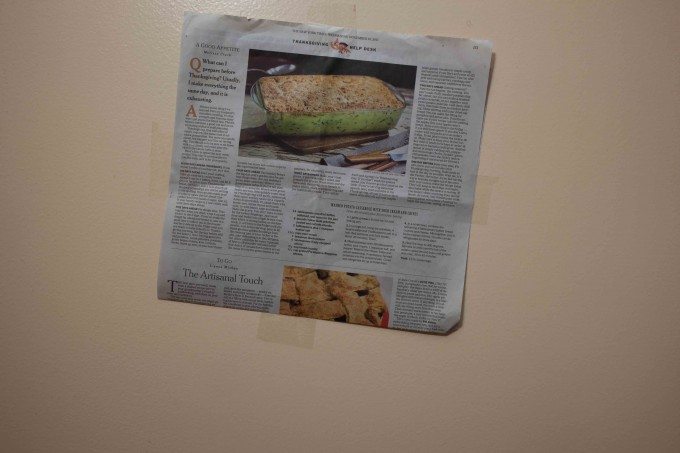
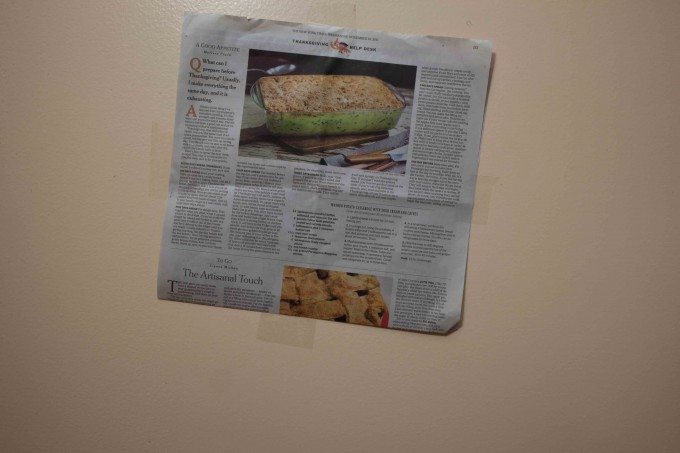
As you can see, the lens reaches its best sharpness at around f5.6 though it is still extremely sharp wide open. It also vignettes quite a bit wide open and is completely gone by f5.6.
Conclusion
I’m not lying or fibbing when I say that the Zeiss 25mm f2 is one of the best lenses I have ever tested. For photographers that were taught and are familiar with the old school methods of hyperfocal length focusing and doing things manually will be overjoyed with this lens. It packs a ton into a small, tough and relatively light package.
Indeed, this lens is:
– Super sharp wide open. Sharpness like this is something I’ve only seen with large format lenses.
– Delivers excellent color. It’s seriously some of the best I’ve ever seen.
– An accurate focusing and depth of field scale
– A small portable package
– An excellent option for the photographer that is looking to shoot close up and wide.
This is a lens that I want to highly recommend to wedding photographers, landscape photographers, food photographers and street photographers. I wouldn’t recommend it for photojournalists because their clients will pixel-peep. Alternatively, brides and grooms won’t. I also don’t think it belongs in the bag or portrait or event photographers due to the angle being too wide and the fact that manually focusing in dark events where things move very fast and people are bumping into you requires fast autofocusing. That won’t necessarily happen at a wedding.
Sports photographers should also stick to the telephoto lenses.
If I had to recommend it to anyone overall though, it would be street photographers. This lens will be the one that you can stick with forever as you document the daily happenings around the world. The sharpness, color rendering and wonderful build quality will make it a mainstay on your camera body. The depth of field scale will also help you to shoot from the hip even easier than with autofocus lenses.
In the end, the Zeiss 25mm f2 is by far one of the best lenses we’ve tested here on the site and it wins Editor’s Choice in my book for the best Street Photography Lens for a Full Frame Camera Body.
The lens retails for $1,699 though, which is quite expensive when Canon’s lenses in the equivalent range are a bit more affordable, have a faster aperture, autofocusing abilities, and also top-notch performance and quality. The Zeiss trumps the Canon lenses in color rendering, sharpness and build quality though. So if you need the better build quality and value the craftsmanship that was put into the lens to make it an effective tool, go ahead and spring for it. But otherwise, consider Canon’s 24mm f1.4 L.
More testing will be done with the lens while I have it on loan to me. It’s too good to just send back to the company so quickly.
Please Support The Phoblographer
We love to bring you guys the latest and greatest news and gear related stuff. However, we can’t keep doing that unless we have your continued support. If you would like to purchase any of the items mentioned, please do so by clicking our links first and then purchasing the items as we then get a small portion of the sale to help run the website.


